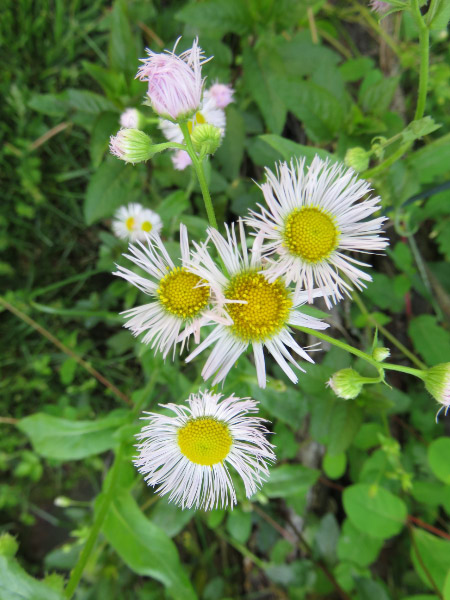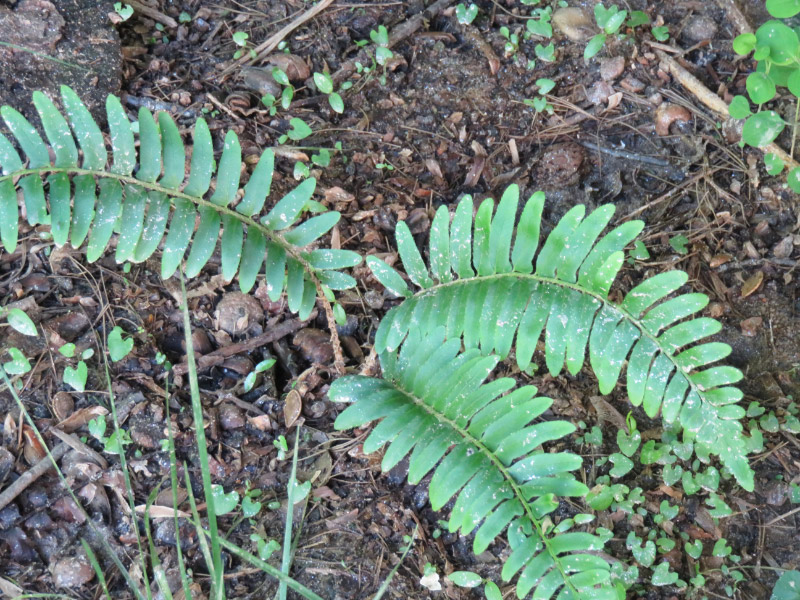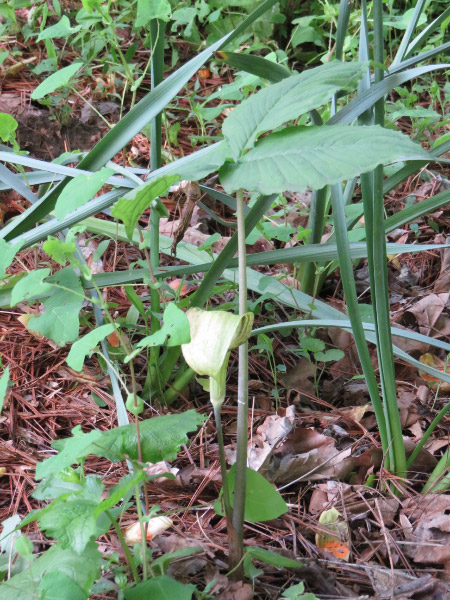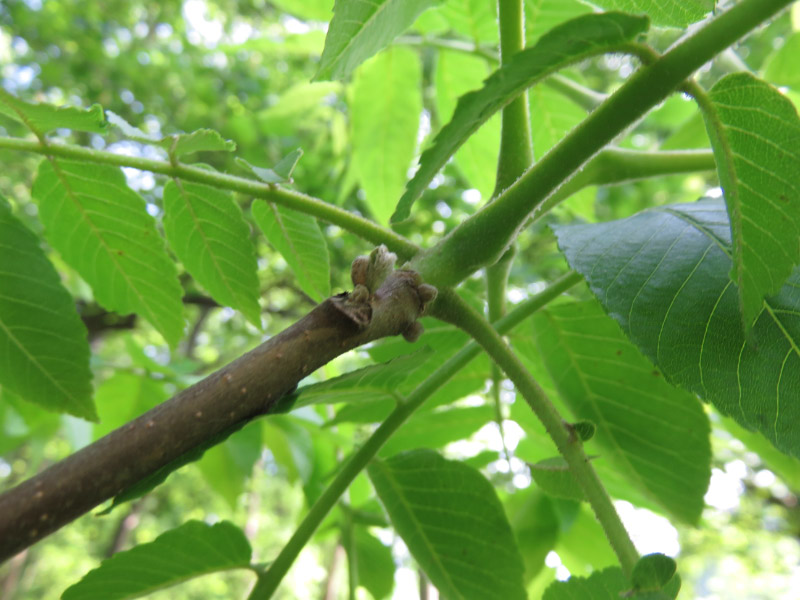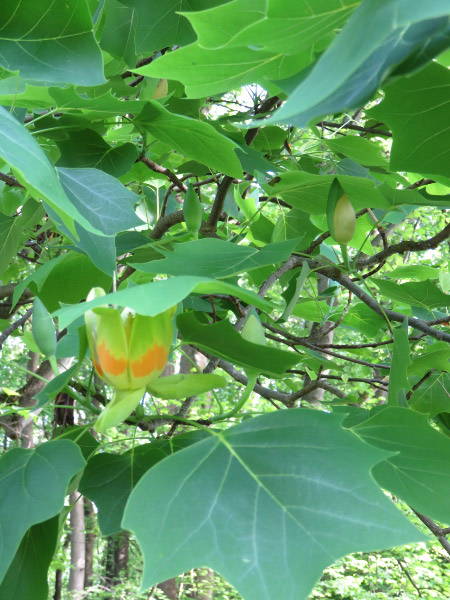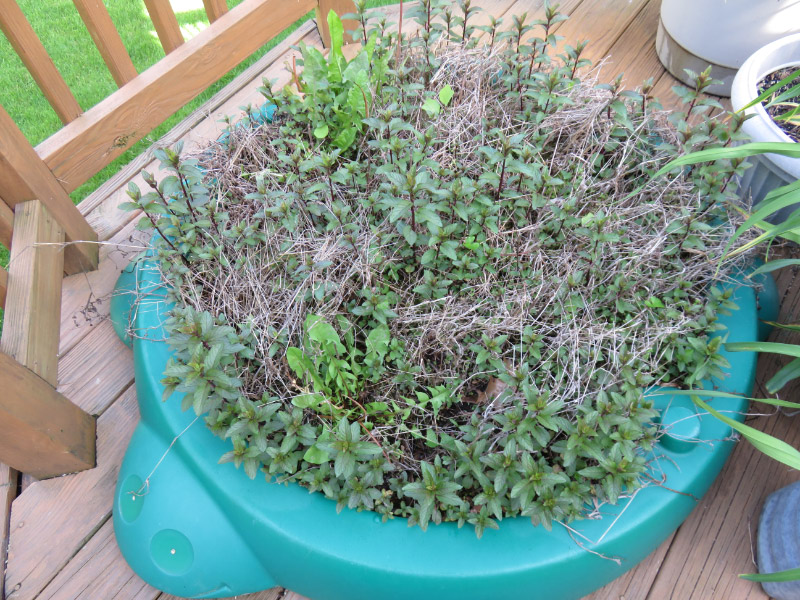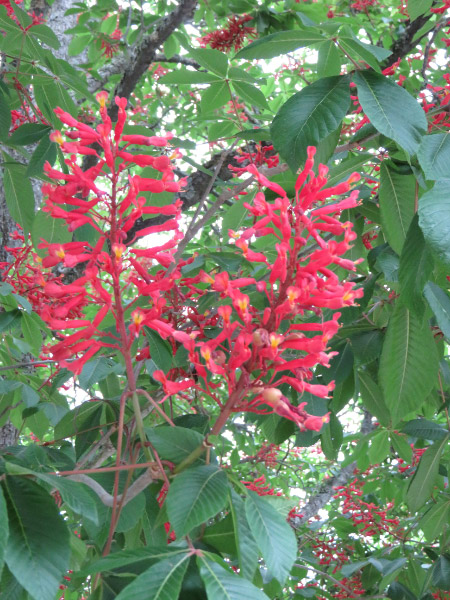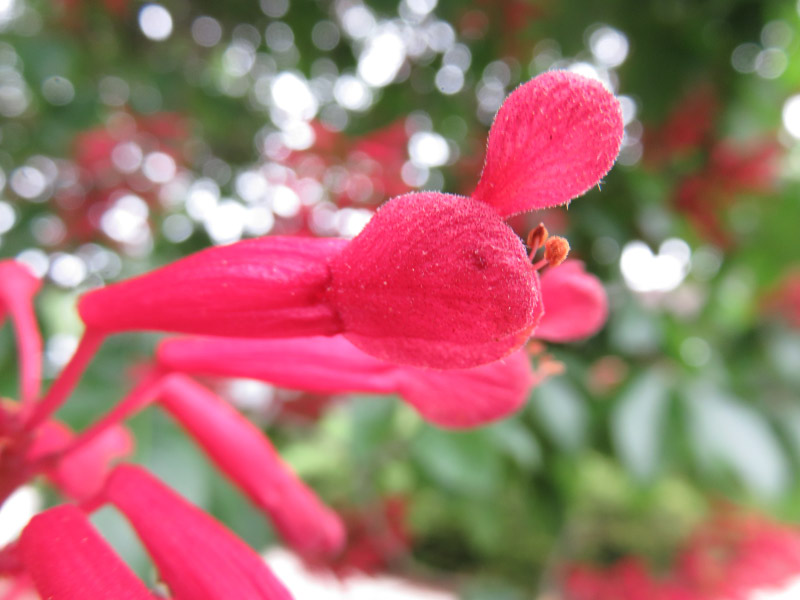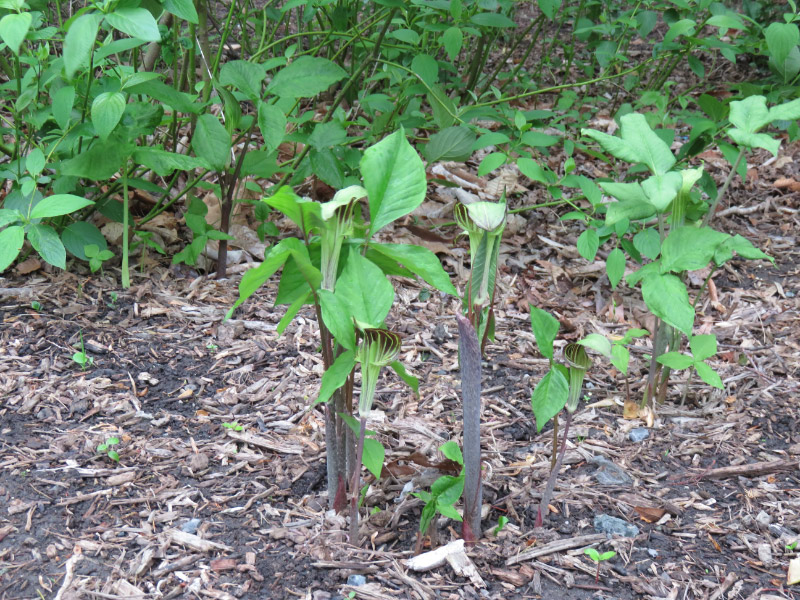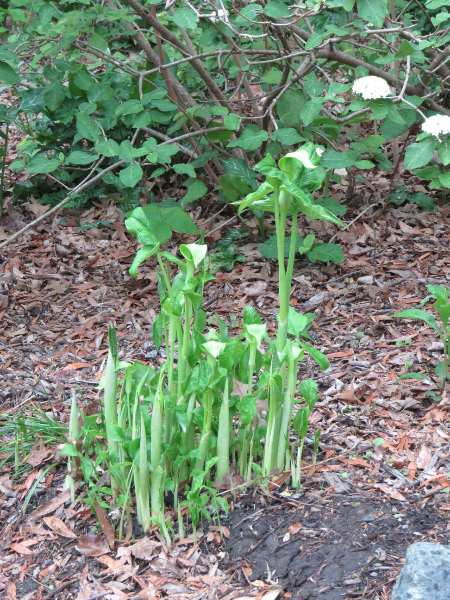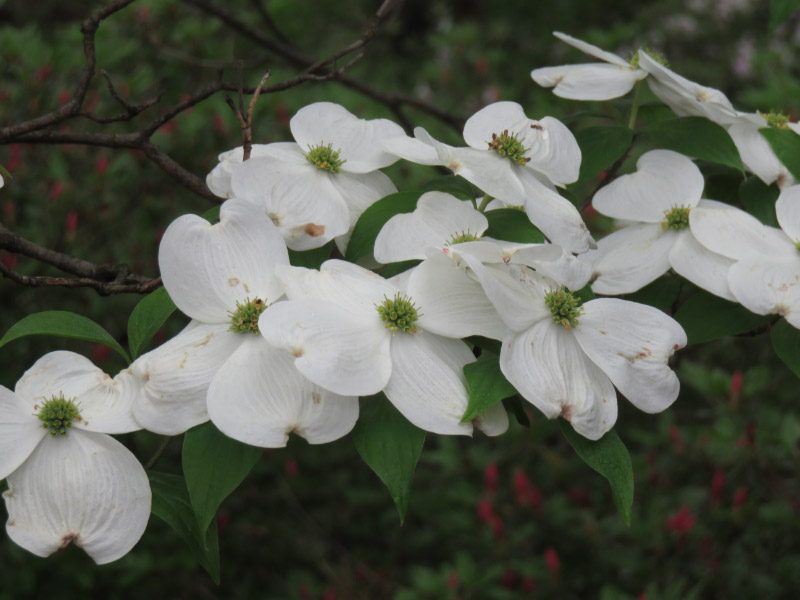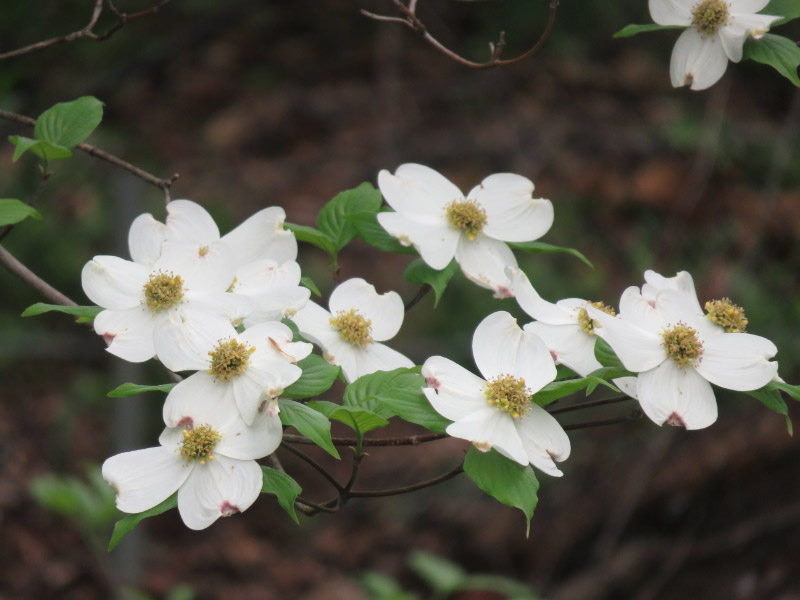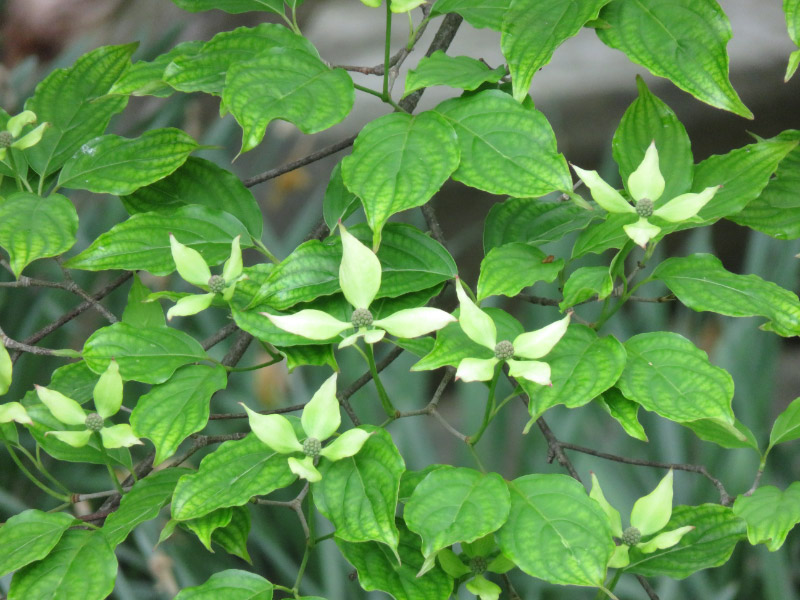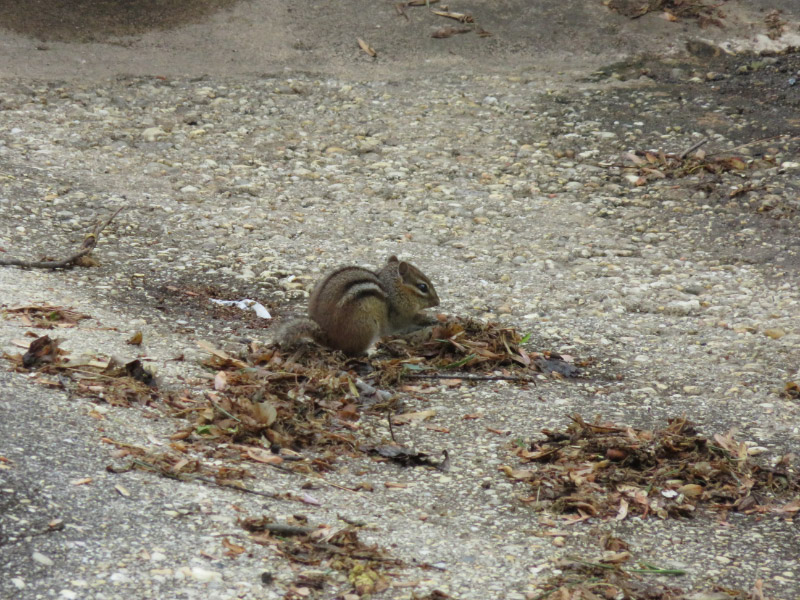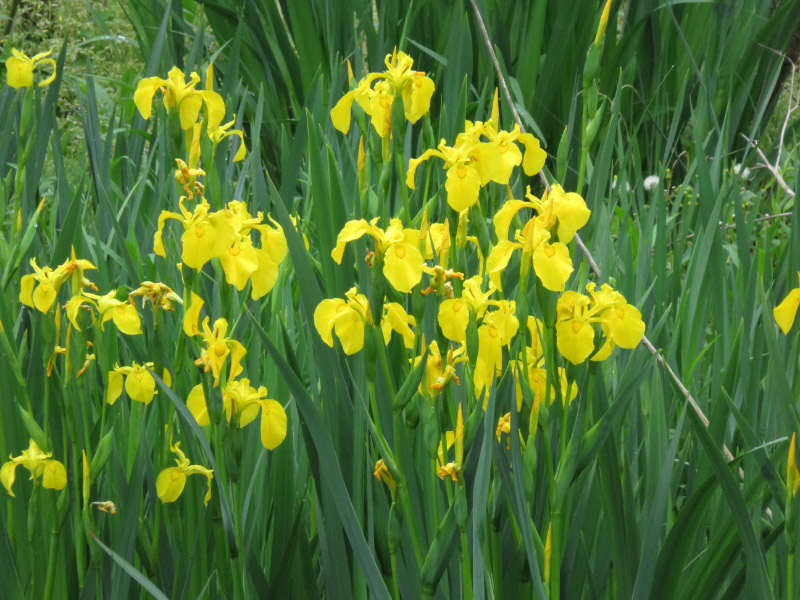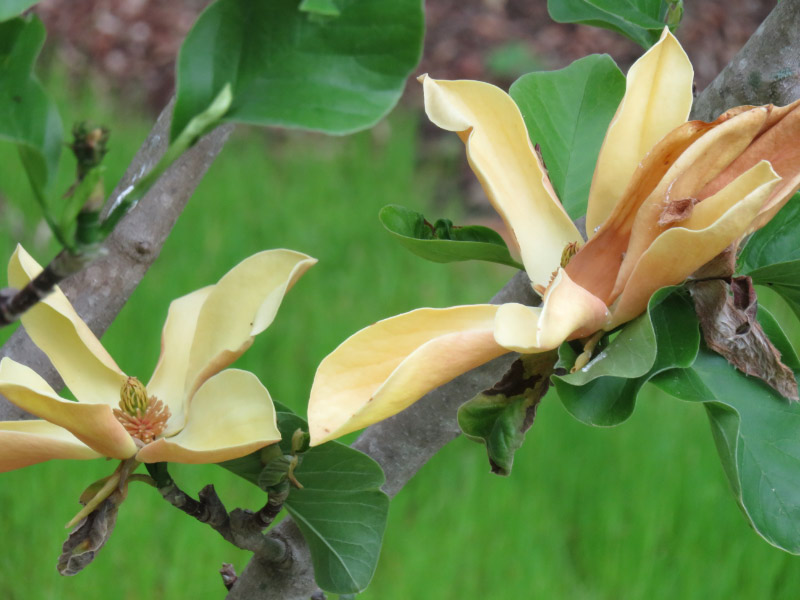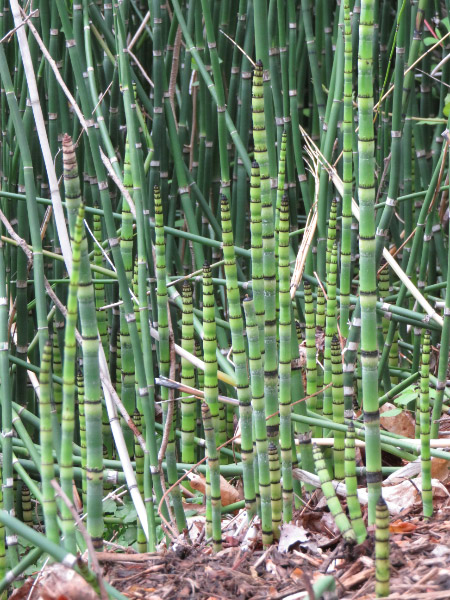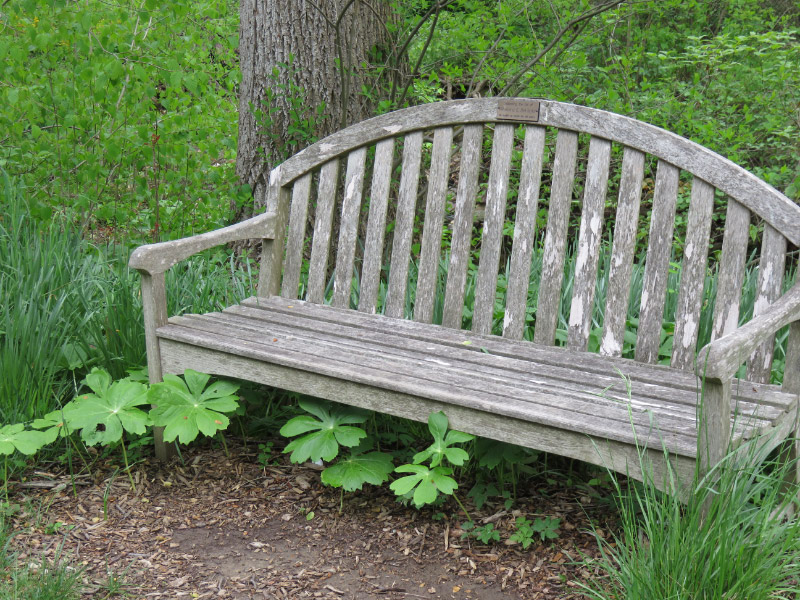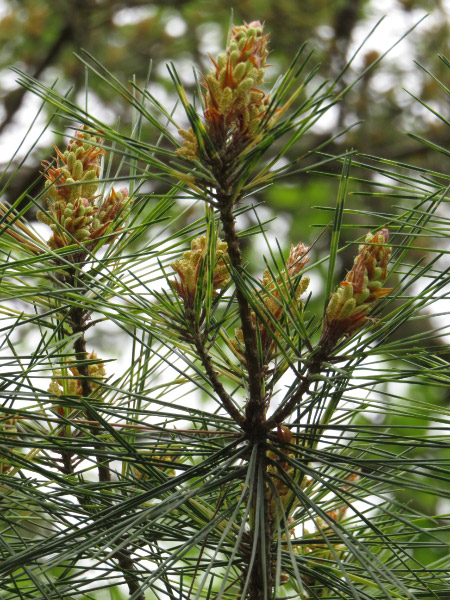Photography with Belmont Manor and Historic Park Summer Camp
/Last week I volunteered to lead a nature photography activity the Howard Country Conservancy’s Summer Nature Camps at Belmont Manor and Historic Park. The day was hot, humid and there was an air quality alert as well. I got there early and took a walk along the path I planned to take with the first group…and that is when I took most of the pictures for the day. I noticed the Norway maple’s ripening samaras (invasive tree that was planted as part of the landscaping around The Cottage),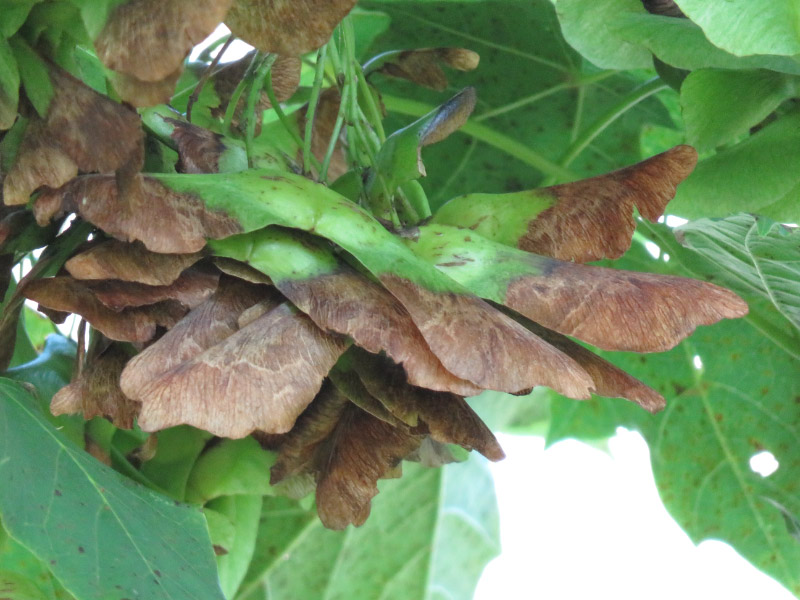
The wineberries (good to eat but watch out for the thorns),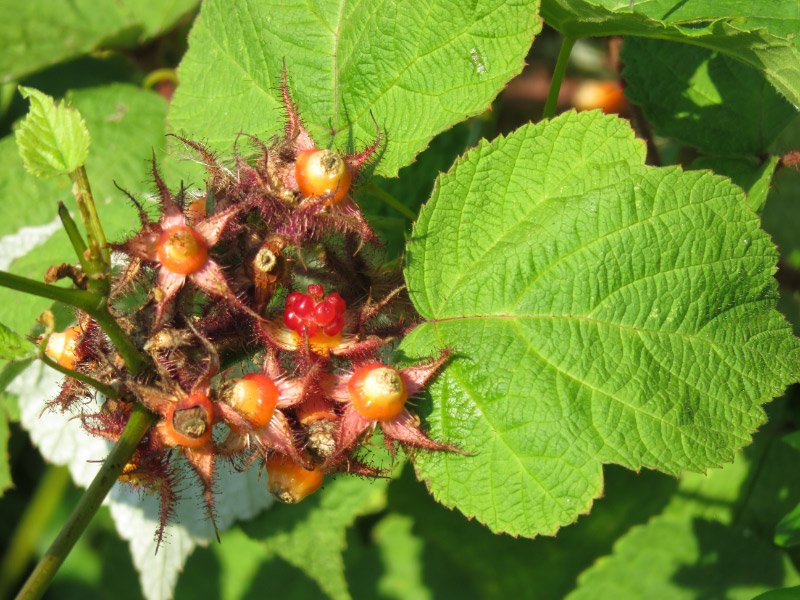
Thistle seeds ready to blow away with the next strong breeze,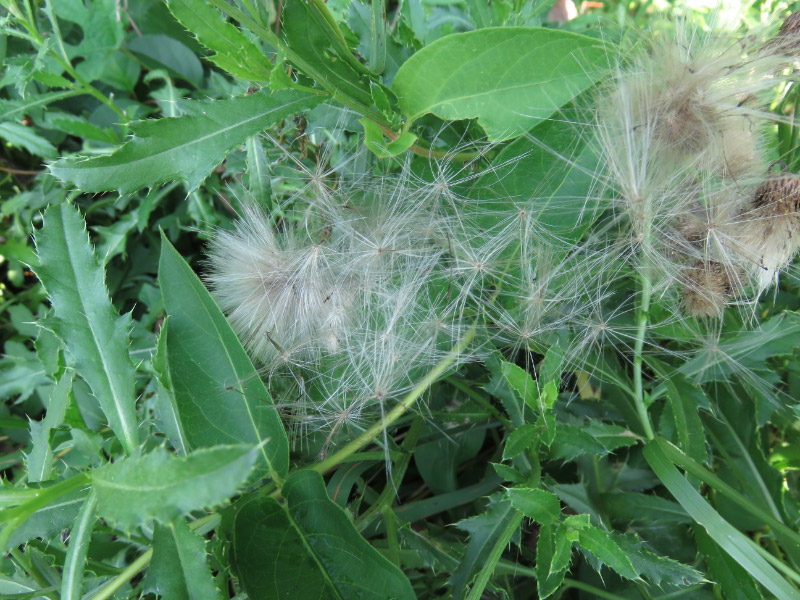
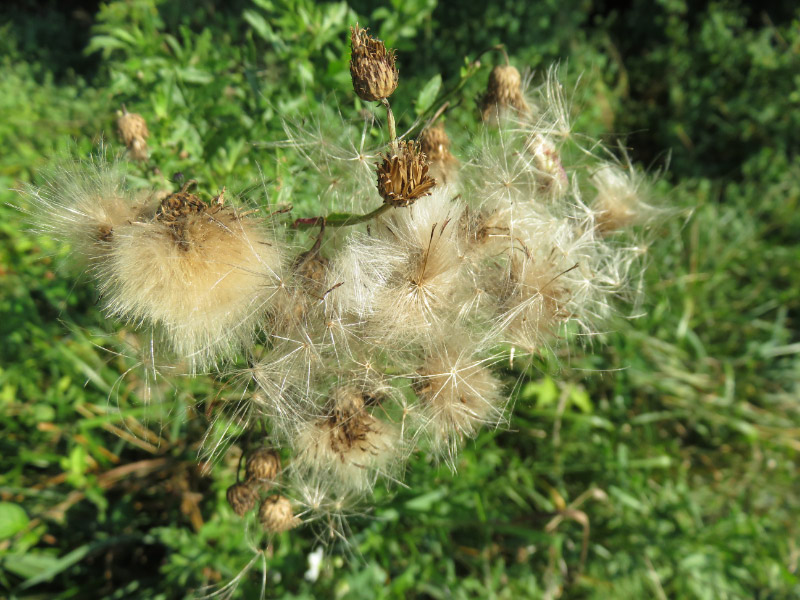
Caterpillars making their tent in the morning sun,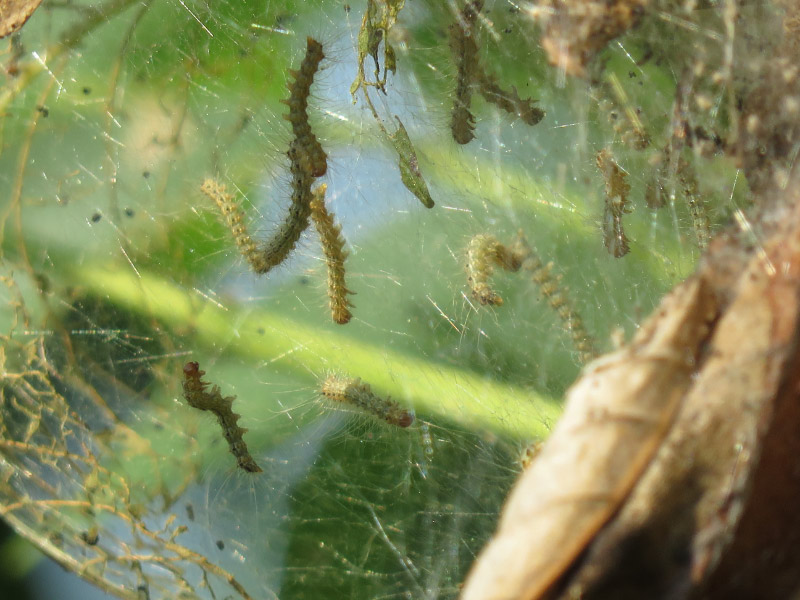
And chicory (from afar it looks like it is mostly stem but the small blue flowers are lovely at close range).
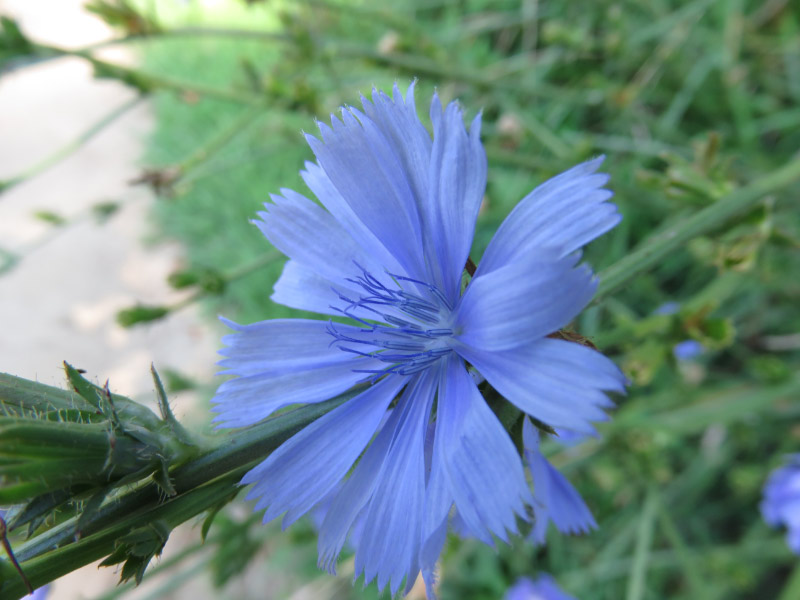
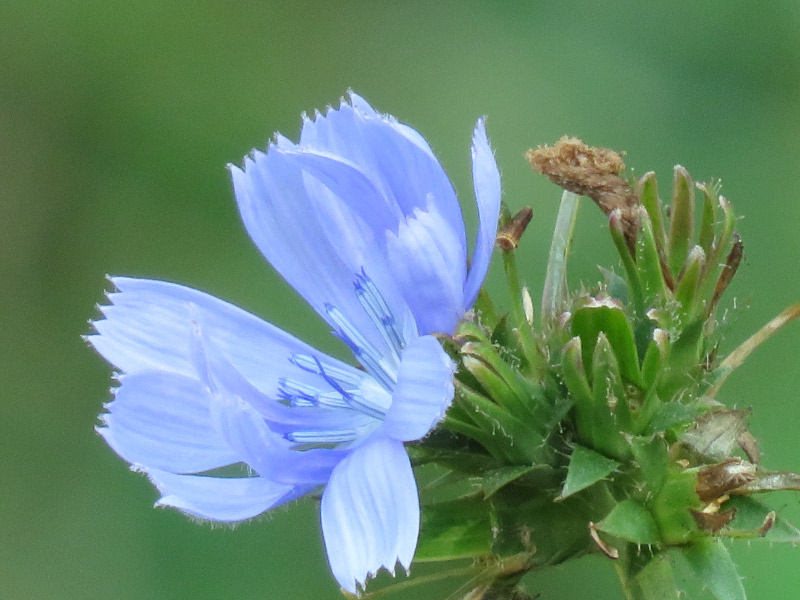
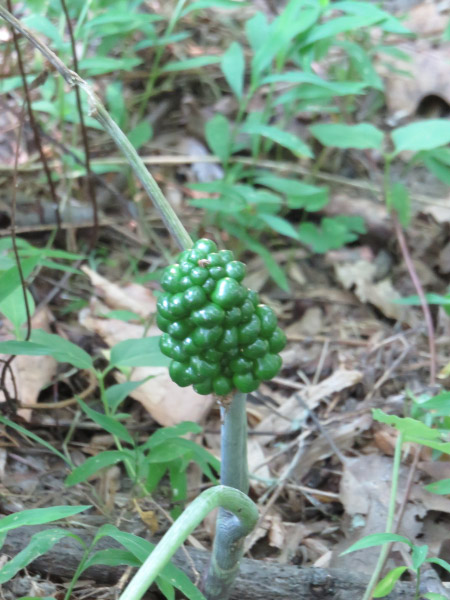 Later in the morning when I was hiking with the 6 to 8 years old campers, I managed to capture a picture of ripening Jack-in-the-Pulpit seeds and
Later in the morning when I was hiking with the 6 to 8 years old campers, I managed to capture a picture of ripening Jack-in-the-Pulpit seeds and
The forest canopy reflected in a mud puddle. It was getting hotter all the time and our hike lasted less than 45 minutes.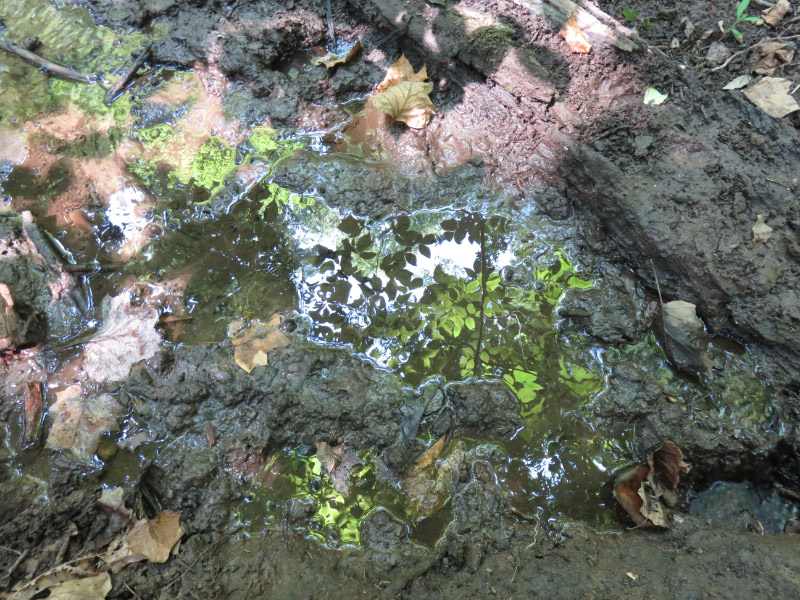
With the older group (9-12 years old) we headed to the formal gardens. It was after lunch and me tried to stick to the shade as much as possible. It worked for a little while. We took a lot of pictures at the water lily pond. Many of the children were as patient as I was to get a picture of a dragonfly on a water lily bud.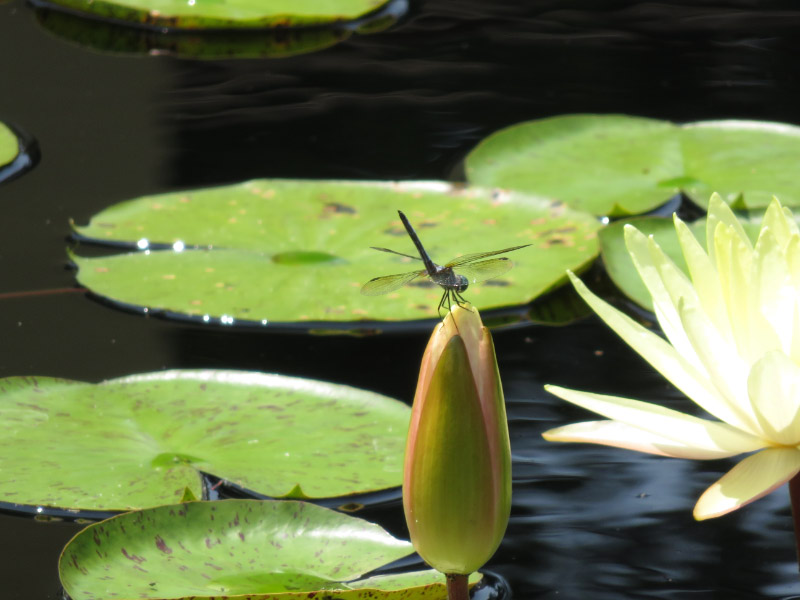
I liked the margins of the lily pads – the green, the black water, the glint of the sun…and tiny piece of brown debris.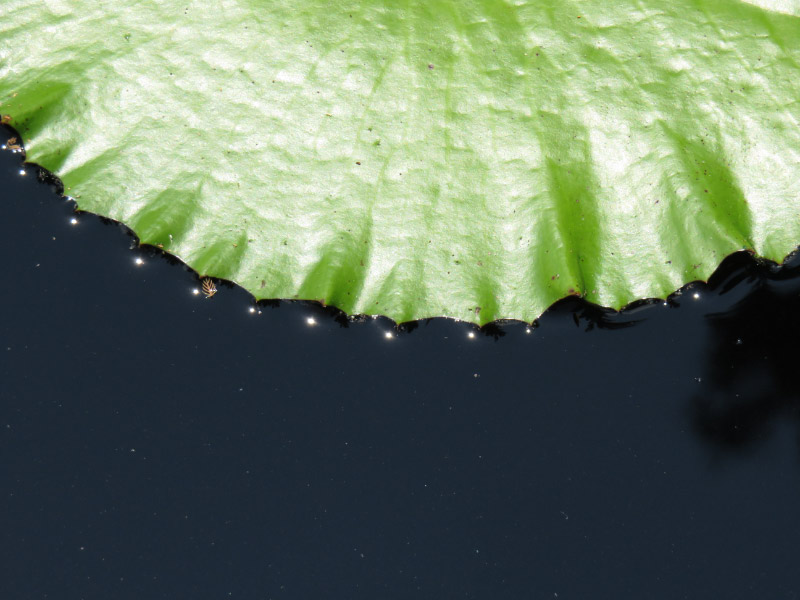
We misted everyone with water we’d brought to make spider webs more visible and managed to stay out as long as the morning group even though the temperature was hotter than in the morning. Everyone welcomed the cool of the nature center building when we got back!



